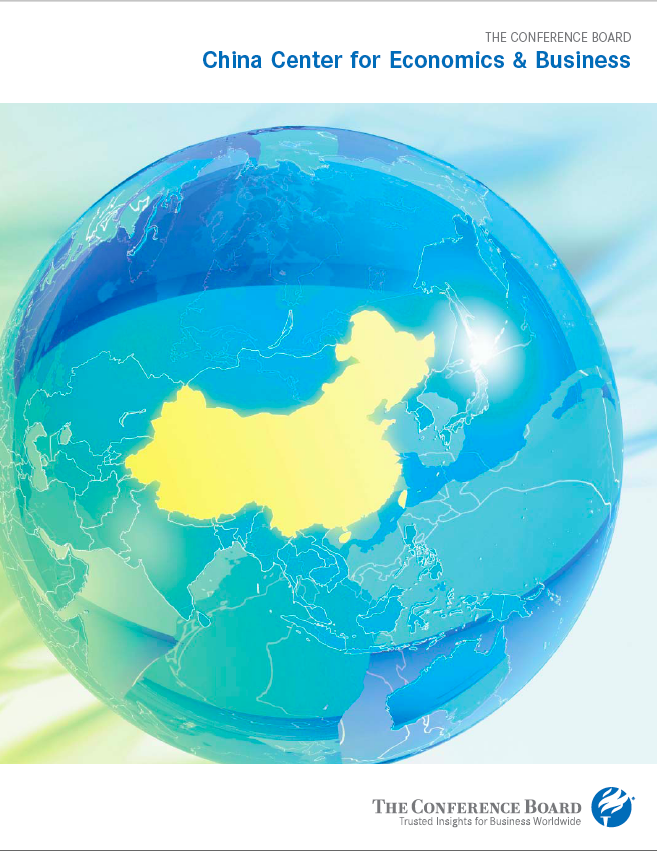China Center Chart of the Week: China’s credit-to-GDP gap in the “danger zone”

- Authors:
-
Publication Date:
August 19, 2013
This China Center members-only chart shows two different measures of China’s credit-to-GDP gap: domestic bank credit to the private sector (“bank gap”), and other forms of credit (again to the private sector) including foreign bank lending and components of China’s Total Social Finance (TSF), including trust and entrusted loans (“total gap”). According to research by the Bank of International Settlements (BIS), the credit-to-GDP gap is a reliable indicator of the likelihood of a financial crisis for a given country. Measuring the credit-to-GDP gap for China provides a useful tool in understanding the country’s current overall position of private sector credit within a historical context. Since 1992, China has undergone three distinct phases of reduction in its credit gap. The first phase began in 1992, just after Deng Xiaoping’s famous Southern Tour that helped to unlock private sector growth in China. The other two occurred around China’s bank bailouts in 1999 and 2003, when non-performing loans were cleaned out of the banking system in an effort to reform the big banks and eventually list them on international stock exchanges. In contrast to the those situations, China’s current credit gap has developed under a much different and more challenging scenario: slowing growth, stress in credit markets lying outside of the banking system, and a current total credit gap far beyond even the most stringent “critical threshold” that the researchers at the BIS reported in their papers. Please download the full chart for details.













